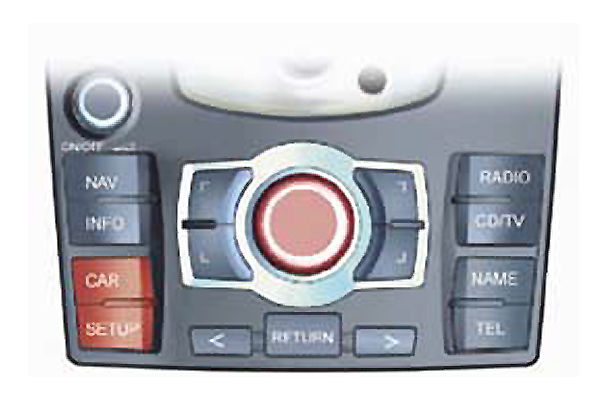 |
| Main parts |
This post will investigate the two most common faults that occur in the VAG
group's tandem pumps.
These types of pumps are installed in those engines equipped with the pump
injection system.
The tandem pump unit is a set of two pumps in one unit with very differing
functions. The entire pump assembly is
driven by the camshaft.
One of the functions of the
assembly is the vacuum pump; which generates the vacuum for the brake servo. The
second function of the assembly is a fuel pump which sucks fuel from the fuel
filter to the feed pipe located in the cylinder head and supplies the
injectors.
The working pressure of this pump varies between 8 and 12 bar depending on
the model.
FAULTS
The most common faults in this
type of pump are as follows:
1 Loss of fuel.
2 Mixing of oil with fuel.
PROCEDURE AND SOLUTION
The repair procedures for either of the two faults are practically the same
except for the additional tasks required in the case of oil and fuel mixing,
which are:
- Fuel filter replacement
- Checking the engine oil level
In both cases the problem can usually but not always exclusively be located in one of the gaskets or on the pumps main shaft oil seal.

















